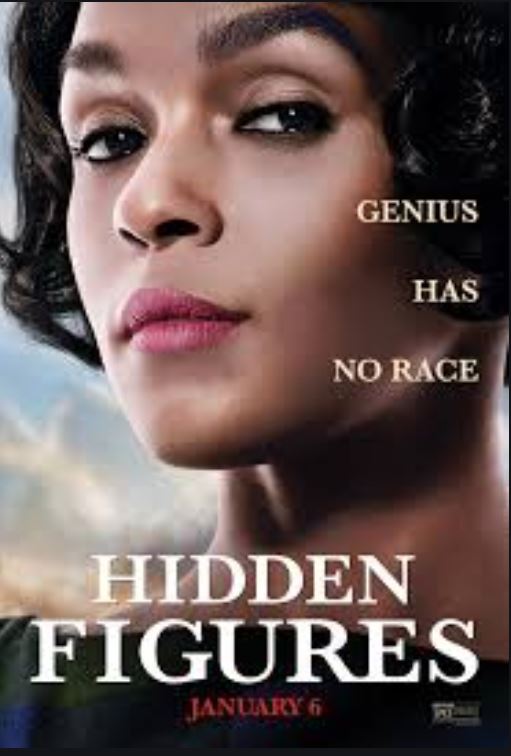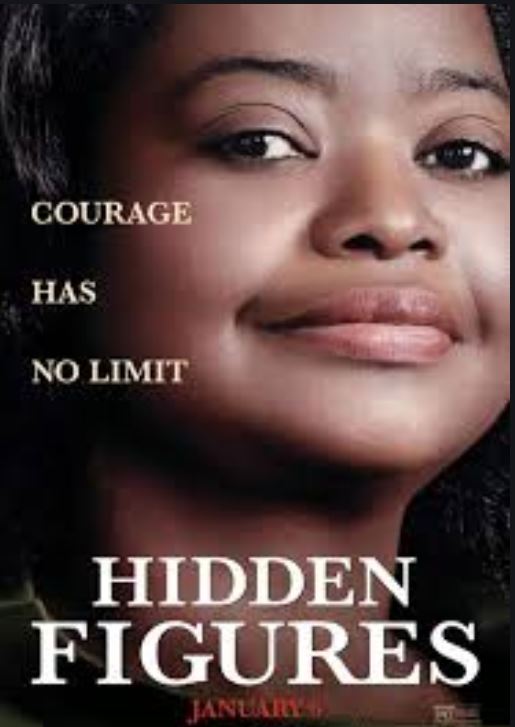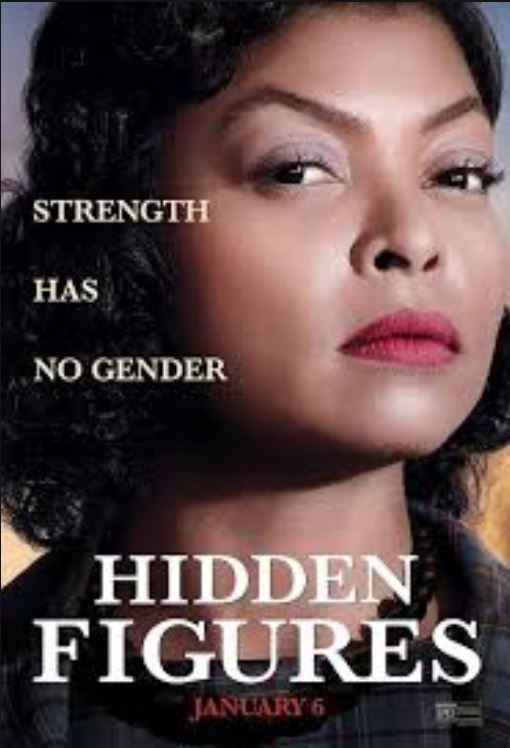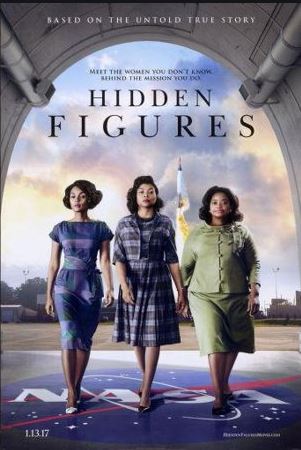The film received positive reviews from critics and grossed $236 million worldwide against a production budget of $25 million. it was a low medium budget. They used a total of 6.88 million to advertise. The main message of this film is to never give up on your dreams, even when people tell you that you can’t. The three woman look beyond their gender and their skin color. They look at the talents they have.
Monthly Archives: March 2020
Filters
who benefits from a digitally networked society?
I think that businesses benefit when it comes to making profit, this is because they use their data to provide businesses with information to give the customer what they’re looking for, at the right time.
HOW IS HIDDEN FIGURES MARKETED?
- Trailers
- Posters
- Social Media
- Advertising and Cross promotion
Posters:
- The first poster, debuting around the same time as the first trailer, lets you know exactly what you’re in for. All three of the leads are seen striding toward the camera, confident and fearless, a NASA symbol on the floor under their feet. It’s clear they’re walking through some sort of hanger or other complex and a rocket can be seen launching in the background. So between all of that and the period wardrobe the three are wearing the one-sheet does a good job of establishing both the premise and the setting, especially when you factor in the copy, which reads “Meet the women you don’t know, behind the mission you do.
- The theatrical poster tells us “Genius has no race. Strength has no gender. Courage has no limit.” That all sums up the themes of the movie. It’s paired with photos of the three leads as well as smaller pictures of supporting players like Jim Parsons, Kevin Costner and Kirsten Dunst.
- Can be seen as radical because it challenges the dominant ideology and is giving the minority of black females power through the way they are positioned to be confidently walking through NASA.
- There are also individual posters and includes one singular main character, this is promoting the lead actress as well as that the poster includes an inspiration phrase, which gives power to the individuals, especially because their minority is not included.
Trailers:
- The first trailer introduces Katherine (the main character) as a young child with her amazing capability for maths and calculations, which introduces the character and sets the scene for the plot.
- There’s another trailer which can appear radical as the 3 black women are pulled up by the cops and are discriminated for being black females working for NASA. This creates the scene of racial discrimination throughout America and also teaches the audience about the situation black women are currently facing throughout America (at the time the film was set).
- Fast forward to her as an adult (2nd trailer) as she, Dorothy and Mary have car trouble on their way to NASA, leading to a police officer dropping some casual racism about that particular situation. That kind of attitude – that not only are they women but black women – is continued throughout the trailer as we see them encounter one white man-made roadblock to being taken seriously after another, despite them being part of the team that’s trying to put a man on the moon in the very near future. They deal with all of that as well as other societal expectation about a woman’s place in the world as they try to be taken seriously and get what’s due them.
- The 2nd trailer leans heavily not just on the drama of trying to get a space program (literally) off the ground but also the place society in the U.S. was in at the time, which was not friendly to black women as a whole, especially not those who worked to rise to a station traditionally seen as exclusively for white men. The performances all look strong but the real draw here is the struggle and the opportunity to see, as we’re told repeatedly, a story many of us had never heard of before.
- The next trailer seems a bit tighter, even as it retains the same basic structure. We skip, though, the parts about Katherine’s childhood and skip right to the women breaking down on their way to NASA. We then see much of the same material, as Katherine in particular aims to break down the divides and barriers that are simply part of society in 1961 to get the same treatment as her white male colleagues and be seen as an equal.
- Again, this one seems to be a bit more linear and coherent, not trying to cram quite so much into the running time and instead focusing on the core story of one person’s attempts to do her job and contribute to something historic. If anything, this one seems more interested in the space program elements of the story, but the central idea is still one of equality.
Social Media:
- The advertisements on the FOX official website includes links to Fox’s social media page, to promote their other film and to entice the audience to watch similar films that might interest them that have been produced by FOX. The link also takes the audience to a booking website where they can buy tickets, in the hope that they will be enticed and buy the tickets.
- The website includes a gallery with snapshots from the film, showing important events about the film which relates to the film and the actresses in the film.
- The “Featured Content” section has links to find out more about the soundtrack album for the film and more, including to a site called “Future Katherine Johnsons” an ode to the real life person played by Henson. It’s a program that’s done in partnership with Black Girls Code and designed to unlock the enormous potential that lies in young black women, exposing them to the possibilities in STEM-related fields. Getting women into STEM is also the point of a programme from IBM honoring the women who served as NASA’s computers and the future geniuses who are and should be inspired by them and other trailblazers.
Cross Promotion
- The film had its first debut after being shown at the Toronto film festival
- The cast also talked about their characters and their benefit to NASA in press interviews and talks, which is promoting themselves as well as promoting females.
- There have been some social ads run using the trailers and other videos and it’s safe to assume outdoor and more online ads have been run as well. In terms of promotional partners, it looks like the major ones were the two mentioned above involving Black Girls Code and IBM.
Hidden figures
Overview: Three female African-American mathematicians play a pivotal role in astronaut John Glenn’s launch into orbit. Meanwhile, they also have to deal with racial and gender discrimination at work.
producer: Fox 2000
Conglomerate: Fox
Title Meaning: “Hidden Figures” has a double meaning, On one hand, it refers to the mathematical calculations that went into making John Glenn the first American man into space in 1962. Johnson’s genius with analytic geometry lands her a spot with the Space Task Group to calculate launches and landings.
Hidden figures were based on: based on the book by Margot Lee Shetterly, focuses on Katherine Johnson (left), Mary Jackson and Dorothy Vaughan, African-American women who were essential to the success of early spaceflight.
Budget: 25 million USD, medium budget
Box office: 236 million USD, world-wide
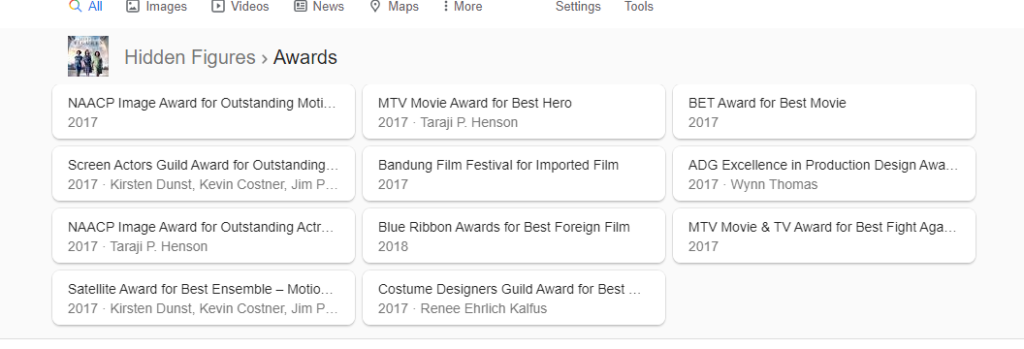
FULL PAGE ADVERT FOR MY MAGAZINE

NEA



csp 8 – the i facts
- History: On the website ‘The Independent‘, the launch of the i was announced on 19th October 2010. The first issue went on sale for 20p on 26 October 2010.
- Format: It is tabloid-size (17 x 11 inches) and stapled. The first issue contained 56 pages.
- Editors: 2013= Oliver Duff
- Political stance: It claims to be politically balanced and aims to publish from both left and right views as well as take a political stance on the centre the political spectrum.
- Target Audience: left centered, male, university educated, older (25 – 60)
- Cost: The cost varied from 20p in 2010 to 60p in 2017
- Circulation: 221,083 (October 2019)
- Profit: £1 million (December 2017)
- News Values
- Gatekeepers
- Regulation / Deregulation
- Free market vs Monopolies & Mergers
- Media concentration / Conglomerates / Globalisation (in terms of media ownership)
- Vertical Integration & Horizontal Integration
- Neo-liberalism and the Alt-Right
- Surveillance / Privacy / Security / GDPR
- The Leveson Enquiry
- patterns of ownership and control, including conglomerate mergers, vertical / horizontal integration and diversification
- the impact of economic factors, including commercial and not-for-profit aims and intentions
- the processes of production, distribution and circulation
- the role played by keyorganisations, groups and individuals in a global context
- how media organisations maintain, varieties of audiences nationally and globally
- recent technological change in terms of production, distribution and circulation
- patterns of consumption and response in terms of new media technologies
- the impact of ‘new’ digital technologies on media regulation, including the role of individual producers
- the regulatory framework of contemporary media in the UK
Final revision
Crash course Genre theory
Steve Neale- “Genres are instances of repetition and difference”. Fine difference between texts to maintain the economy of the genre. Audience will loose interest if films become to similar
Conforming- comply with rules, standards, or laws.
Subverting- undermine the power and authority of (an established system or institution) (make something new)
Thomas Schatz: Only 2 Genres?
GENRES OF INTEGRATION: Commonly have heroes with a feud against and external antagonist. Hero is commonly a misfit who doesn’t fit into society or is an outsider proving loyalty or worth. (Sci Fi, Western and Gangster) resolution is death of anti hero
GENRES OF ORDER: Focus on family or community in a civil space which is internalised focusing on self. resolution is love or happiness returning to past life or a better life
Crash Course on narrative theory:
Todorov
Beginning, middle and end (Act 1, 2, 3)
Equilibrium (world in current base of balance)
Disruption (de balances equilibrium and disrupts harmony)
Recognition (Protagonists identify the disruption)
Repair (protagonists attempt to restore equilibrium)
New equilibrium (restored equilibrium/ new norm)
Propp Character types
Hero: Task or quest ahead of them which may be difficult or impossible to overcome
Villian: Causes disruptions and prevents the restoration of peace
Donor: enables hero to go on quest and improve
Helpers: Helps hero on quest
princess: heros prize
false hero: poses as good but turns out evil
dispatcher: sends hero on quest and sets goals
Claude Levi-Strauss (Binary Oppositions)
West/ east
good/ bad
light/ dark
Roland Barthes: Proairetic and Hermenuetic Codes
Proairetic code: action, movement, causation
Hermenuetic code: reflection, dialogue, character or thematic development

MORATORIAM
Please note that we will have a moratoriam on PHONES AND HEADPHONES in class. After the recent mock exam performance it is clear that a number of students are not finding the process of listening, concentrating and working effectively as an independent learner easy.
So please note there will be a box that you can put in your phone or headphones if you take them out in class.
I hope that is clear and I hope it helps us all get better results!
letter to the free
- Universal Music Group (UMG) is a major music conglomerate, which own the smaller subsidiaries, Viviendi, DefJam and Vevo.
- UMG has a horizontal integration, as it owns multiples music labels.
- However, “Letter to the Free” follows vertical integration as it is a song, has a music video attached to it , the song is part of the soundtrack to a film, Common talks about the song on a YouTube video and also because the song is available on Vevo.
- Companies like UMG make loads of money because they track the target audiences with what type of music they most commonly search through cookies and say for example the user really likes rap and political music, it will find more music that is related and will cater to their interest in order to get them to click onto the link to watch their video.
- As well as by getting artists to sign for their record label, UMG makes loads of money by advertising fees, because it is a relatively large conglomerate, it will cost quite a lot in order to advertise your business just before or after a music video released by UMG.
- UMG owns Vevo and in the music video for Letter to the Free, the Vevo logo is diplayed in the bottom left hand corner of the music video in order to entice the customer to visit the Vevo site and to discover more music. This is because they are being repetitively shown the Vevo logo, therefore they will want to click it because it is there and it also is a reminder about Vevo, therefore the customer will remember Vevo.
- What is unusual is that Common is a multi-millionaire, but there are many famous artists with a higher net worth and as a multi-billionaire monopoly, why can’t UMG help stop slavery?
Common
- His real name is Lonnie Corant Jaman Shuka Rashid Lynn, however, he is better known by his stage name, Common.
- Common is an American rapper, actor, writer, activist and philanthropist.
- He was born in South Side, Chicago (Illinois) on 13th March 1972
- Illinois is a place which is known for being a poverty area.
- He has completed his Doctorate Degree.
- His music is influenced by culture as he wants to spread awareness of racism.
- Common has a net worth of approximately $45 million
Letter to the Free (Music Video)
- It is from an album called “Black America Again” which is the 11th studio album that was produced by Common
- It is a song that is under the Hip Hop and Rap Genre
- It was a low budget music video
- The video is all filmed in black and white bringing a message that having a colour is less important as everyone is equal
- It is a predictable hip hop and rap music video.
- The music video is hosted by VEVO.
- There is no main story to compliment this music video.
- The black box that features in the music video is a symbol that black things can represent infinity and something that the audiences need to know about.
- It appears to be quite a radical music video because it challenges the dominant ideology
- As suggested by the title “Letter to the Free” the free are the white people and Common is trying to show that everyone should be treated equally, no matter the colour of their skin.
- The prison setting represents how the black people are “locked away” as if they are criminals, however in reality they are the same as white people.
What to mention in my essay:
- George Gurbner’s cultivation theory states that the more you release over time, the more likely their ideas, views and beliefs are to be changed.
- The video is in black and white to show the authenticity and to also mimic old fashioned videos in black and white, indicating how long slavery has been happening
- The title “Letter to the Free” and the music video setting of an old prison emphasises how the black people in the prison are sending a “letter”, which is them try to communicate with the free (white people). It is not a literal letter it is a metaphor as stereo-typically ‘prisoners’ communicate to people outside the prison (ie their family) by sending letters.
- The repetition of “Freedom” creates a sense of urgency and the repetition also helps the listener to remember the message due to how much it is repeated. According to psychology, the brain remembers things after 3 cycles, so they are repeating “freedom” over 3 times in the song to ensure that the listener will remember the message being delivered through the song – Black Lives Matter and to end slavery!
- Common has released his video with Vevo (UMG) because it can help get his message across due to the large amount of audience that UMG/Vevo attracts daily.

